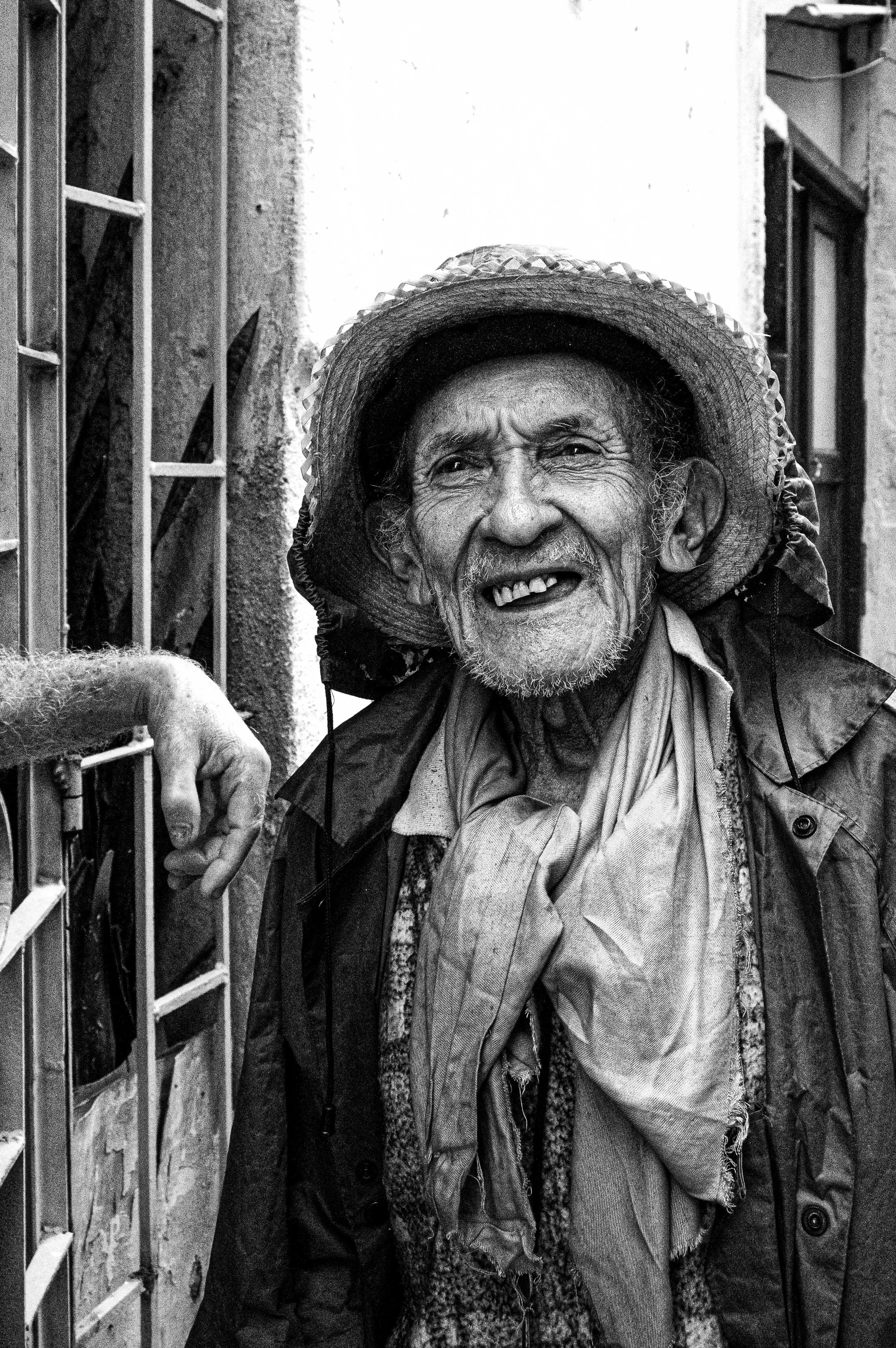5 reasons black and white photography still captivates (and how to master monochrome)
Why shooting monochrome can make you a better photographer — and a more intentional storyteller.
San Diego Bay, 2024
In a world flooded with color, black and white makes you pause.
Every scroll on social media brings some version of neon skies, over-edited portraits, and AI-enhanced perfection. But sometimes, stripping it all away brings you closer to what matters. That’s why I shoot exclusively in black and white. And in doing so, I’ve found a style that feels honest, focused, and creatively freeing.
Here are five reasons black and white photography still captivates and why it just might change the way you shoot.
1. Black and white photography strips away the noise and distractions
Color can be beautiful, but it can also be loud.
When you remove color, the frame becomes quieter, but also more powerful. You start noticing what you never did before: light bouncing off a wall, the tension in a posture, the story written in shadows.
Black and white simplifies your photo down to its essence. It forces the eye to see what is truly important.
That’s why some of my strongest photos only worked in monochrome. Color would have added clutter; black and white stripped it back to truth.
El Malecon, La Habana, 2023
2. It creates timelessness
A great black and white image could have been taken yesterday — or fifty years ago.
There’s something about black and white photography that makes a photo feel timeless and classic. It doesn’t scream for attention; it lingers. It invites the viewer to slow down and spend more time with it.
I’m drawn to that. When people look at my work, I want them to feel something outside of time. And black and white has a way of doing that better than anything else. That's what I wanted to get out of my trip to Rome, a sense of timelessness that outlasts the photo itself.
Georgia Aquarium, 2024
3. Monochrome photography reveals the soul of the subject
Black and white hits harder when it comes to emotion — especially in portraits.
Some of my favorite images are of people. Some close up. Some far away, just a silhouette. But in all of them, removing the color brings out the presence. A stare becomes more intense, like if the subject was looking into your soul, and streets are raw and real.
You’re not distracted by the color of someone’s shirt or the neon signs behind them. You’re locked into the moment, the feeling, the story that’s being told without a word (unless there's a street sign, but you know what I mean!).
Cuban man, La Habana, 2023
4. It sharpens your eye as a photographer
I didn’t always shoot like this (you can read more about that here). I started in color. I dabbled in black and white. Eventually, I committed and now my camera stays in monochrome mode 100% of the time.
That decision forced me to grow. I couldn’t rely on color to carry a photo anymore. I had to focus on composition, lighting, texture, and storytelling — all key elements in strong black and white photography..
When you shoot in black and white, you start noticing:
How light falls on faces at different times of day
Which walls are interesting, not because they’re painted, but because they’re worn
How small gestures tell bigger stories when there’s nothing flashy to hide behind
San Diego Bay, 2024
5. Black and white photos stand out on social media
This might sound counterintuitive, but black and white makes your work more unique — especially today.
On platforms filled with ultra-saturated edits and trending filters, monochrome is rare. When people scroll and land on a B&W photo, they stop. They look. It feels different.
Some say it gives my feed a timeless feel. Others say it makes the emotion come through more clearly. What they’re really saying is: “this stands out.”
And in a noisy digital world, standing out without shouting is a gift.
Balboa Park, San Diego, 2024
Want to try black and white photography? Here are 3 beginner tips to get started
You don’t need to become a full-time monochrome shooter like me. But trying it seriously — even just for a week — can reset your creative eye.
Here’s how to get started:
1. Set your camera to monochrome
Stop shooting in color and converting later. See the world in black and white from the beginning. You can also do this with your phone for extra practice.
2. Squint to find contrast
Squinting blurs out the details and helps your brain focus on light and shadow — the backbone of strong B&W images.
3. Look for texture
Black and white loves texture. For example, and old wall with cracks and holes or the veins and wrinkles on someone's hand. The shadows created by the angle of the light highlight strong areas of focus in a black and white photo.
Final thoughts
Black and white photography isn’t just about aesthetics. It’s about intent. It helps you slow down, look closer, and focus on what really matters.
Even if color is your go-to, give black and white a real shot. Not to replace your style — but to deepen it.
Set your camera to monochrome mode and start practicing black and white photography today. You might come back seeing light, texture, and emotion in a whole new way.
To see some of my favorite black and white photos for inspiration, check out my gallery.
Tag me on Instagram to show me how you're putting these tips to practice (@still_JG).
Bye for now.
JG





